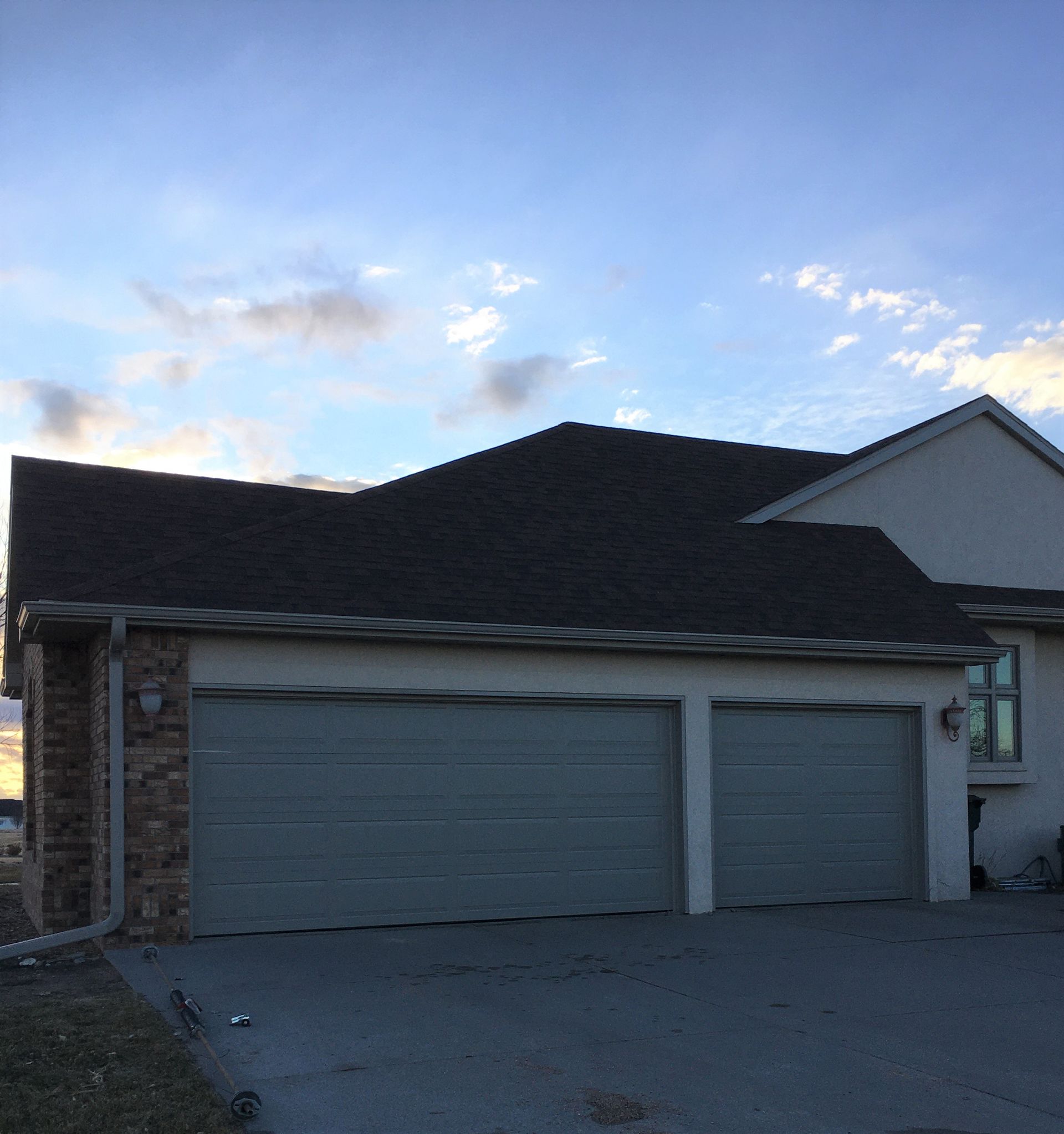Your roof’s color isn’t just an aesthetic choice—it can directly impact your home’s energy efficiency and comfort. Let’s explore the science behind roof colors and help you decide the best option for your climate.
How Roof Color Affects Heat Retention and Cooling
The color of your roof plays a significant role in heat absorption. Dark colors, like black, absorb more heat, raising roof surface temperatures and warming your home. White roofs, on the other hand, reflect sunlight, keeping temperatures cooler and reducing strain on cooling systems.
Climate Considerations: When to Go Light or Dark
The color of your roof should be based on your region’s climate:
- Tropical Climates: If you live in a hot climate, a white or light-colored roof will help reflect the sun's heat, keeping your home cooler and saving on energy bills.
- Cold Climates: In cold climates, darker roofs absorb more sunlight, helping to keep your home warmer and reducing heating costs.
- Moderate Climates: A balanced choice might involve neutral or slightly darker shades, depending on your home's insulation.
Energy Efficiency and the Urban Heat Island Effect
White roofs can help mitigate the urban heat island effect, a phenomenon where urban areas become significantly warmer due to dark roofs and pavement. By reflecting sunlight, white roofs cool down cities and reduce energy consumption.
Expert Tips from Weathercraft on Selecting Roof Colors
To help you choose the perfect roof color, keep these tips in mind:
- Weather Conditions: Think about your region’s weather patterns.
- Material Durability: Ensure the roofing material you choose is compatible with the color.
- Visual Appeal: Consider how the roof color will blend with your home’s exterior for a harmonious appearance.
- Cost-Effectiveness: Balance upfront costs with energy savings over time.
We assist homeowners in selecting the best roof color and material to fit their needs and financial plans.
